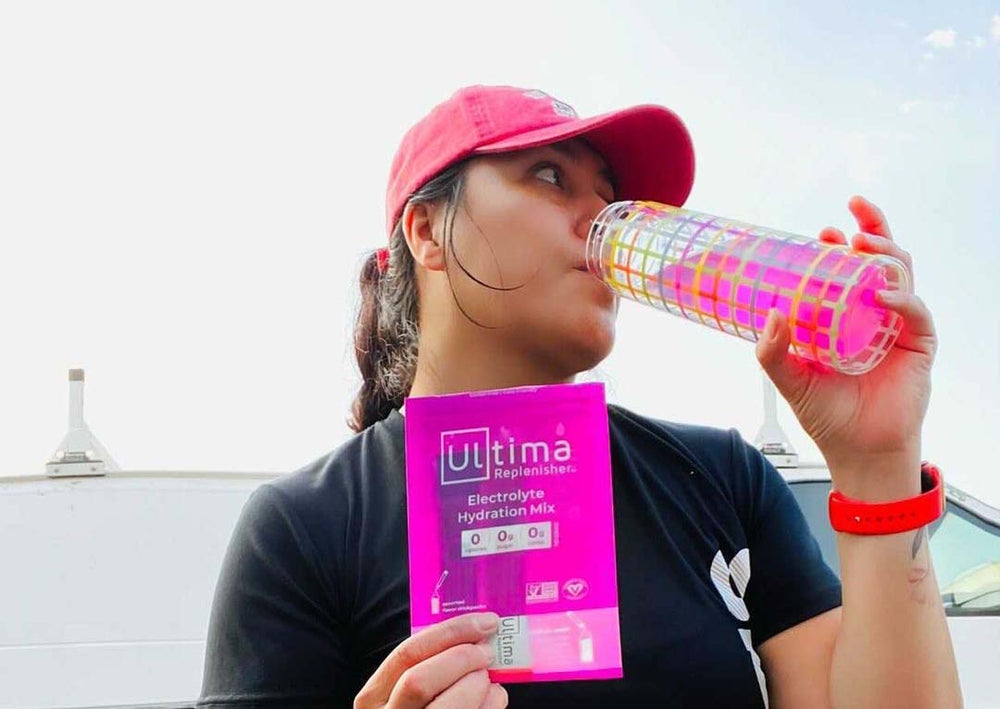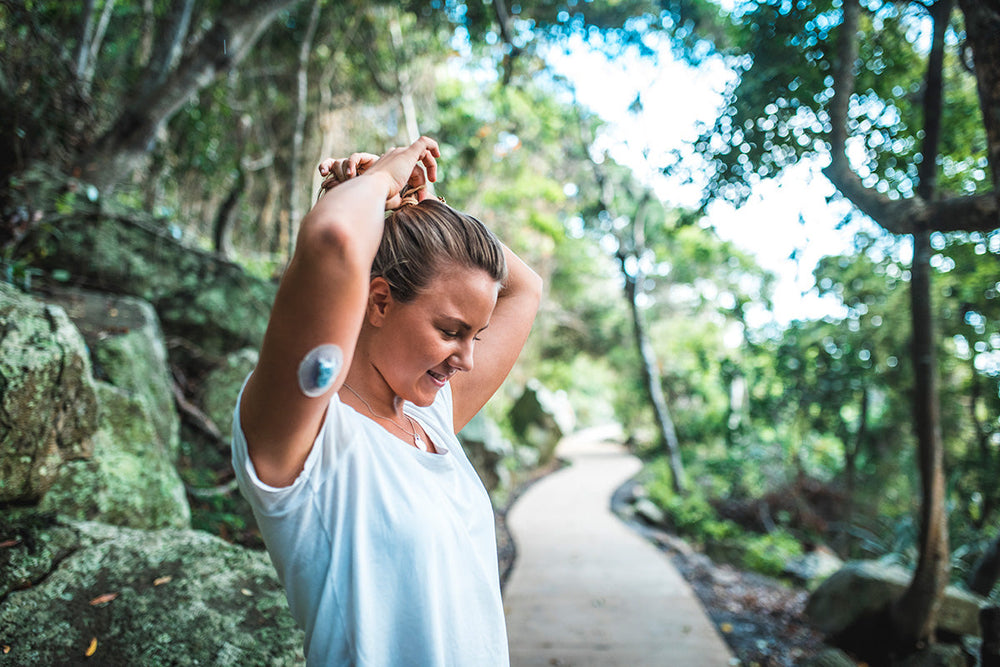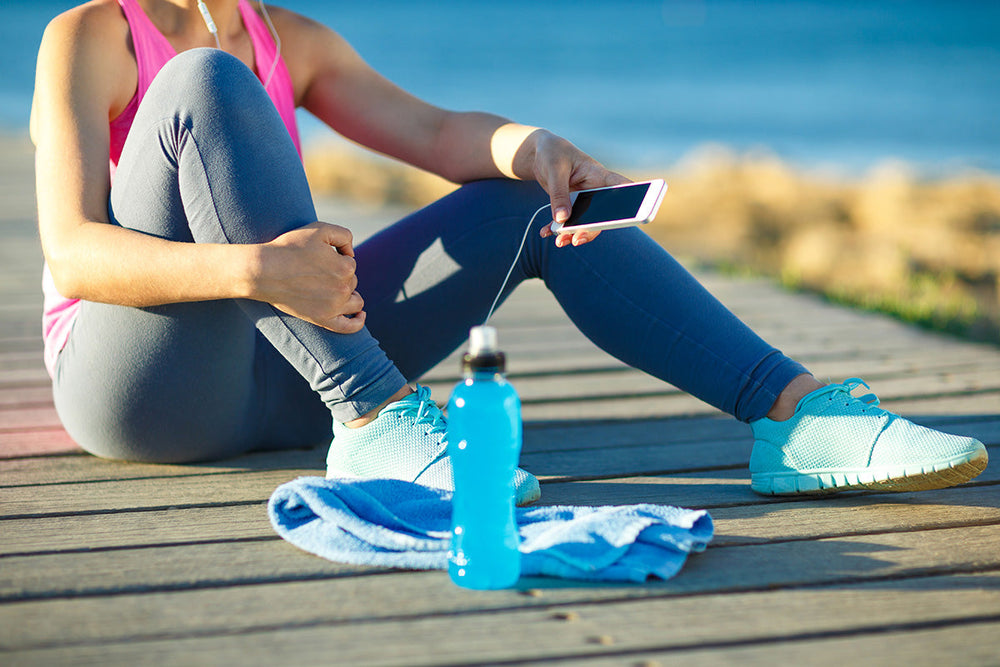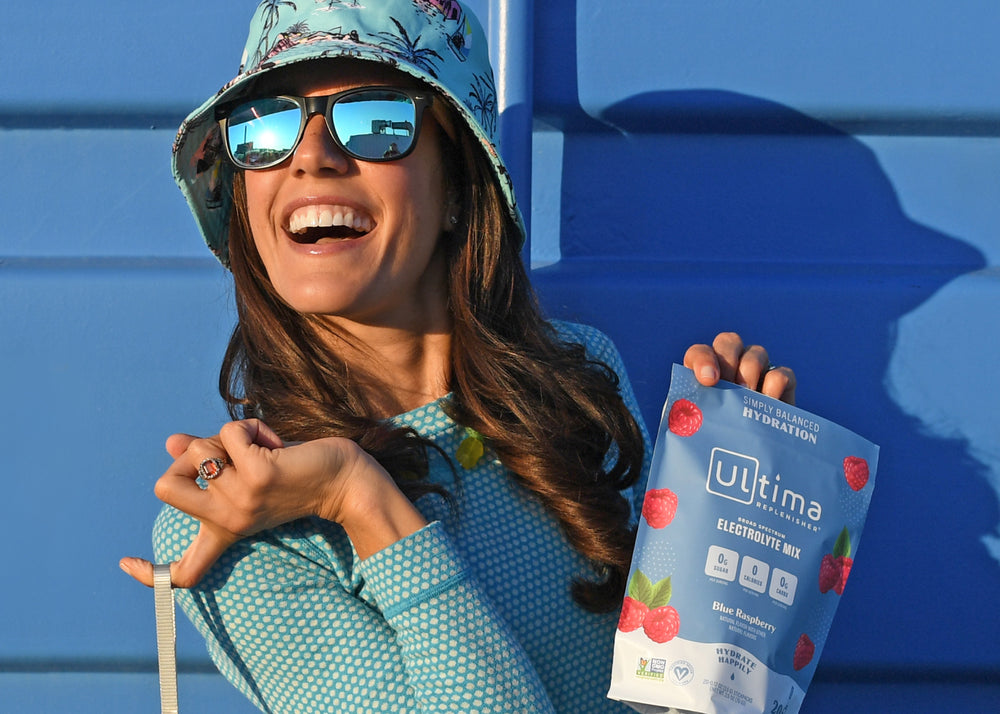
10 Tips for Starting a Keto Diet for Beginners
Lots of people are starting the keto diet these days, and for good reason. Keto helps people lose weight and feel better.
But starting a keto diet is tricky for beginners, since there is so much conflicting information on the subject.
Success with keto is actually pretty simple, once you understand the basics. It’s all about mindset. You just have to be mentally prepared for a big change to your body.
Let’s take a look at the 10 most important tips for starting a keto diet for beginners.
Table of Contents
- Understand what the keto really is.
- Talk to your doctor.
- Cook a few practice dishes.
- Make a plan.
- Start reading the nutrition labels on everything.
- Throw out all of your carbs.
- Drink lots and lots of water.
- Be prepared for the keto flu.
- Eat lots of fat and protein.
- Be patient.
1. Understand what the keto diet really is.
Keto is unlike most diets for one reason: ketosis.
Ketosis is a natural metabolic state that your body shifts into on the keto diet. Normally, your body burns carbohydrates to give you energy. But under ketosis, your body will burn fat to produce chemicals called ketones to burn instead.
Ketones are the alternative fuel your body uses when it’s all out of carbs. They are produced by the liver out of fat reserves in your body. Ketosis is when your body literally eats up your excess fat.
There are only two ways to induce ketosis: starvation, and the keto diet. Technically speaking, keto is a diet that starves the body of carbohydrates. Although that sounds scary, it can be done safely.
Lots of people don’t fully understand this, and they think that keto is just any old low-carb diet. This makes them think they can cheat a little and be fine.
Under keto, you really can’t cheat at all. If you ate even a small bowl of noodles, your body would stop producing ketones and burn up the carbs in the noodles instead.
It is possible to eat a very, very small amount of carbs (less than 50 grams a day) under keto, but if you have more than that, you will break ketosis, and stop burning fat.
You must understand just how strict the requirements are if you are a beginner to keto. Because a proper keto diet induces ketosis, it is completely unlike a paleo diet or ordinary low carb diet.
2. Talk to your doctor.It is important to have a conversation with your doctor before making any big diet or lifestyle change.
For those who are diabetic or have some sort of metabolic condition, this is especially important, as you may have special needs that your doctor can tell you about.
In many cases, people learn about keto from their doctors first, as a possible treatment option. Keto has been shown to be effective for diabetics, and was originally invented to treat epilepsy.
3. Cook a few practice dishes.Since there are very few keto restaurants in the world, you will likely be cooking most of your own meals.
Before you get started with keto, make sure you are capable of feeding yourself. Otherwise you will quickly give up when you find you have nothing to eat!
Since keto has been around for so long, there are lots of resources and recipes available to help you on your journey. People have invented many clever alternatives to popular carbohydrate dishes, such as cauliflower rice and zucchini noodles.
If you experiment with keto cooking before jumping into the diet, it will be easier for your body to adjust. You will also be able to find out exactly what keto dishes you like best and will leave you feeling satisfied.
4. Make a plan.
Plan out all your meals for the week. If you can prep them ahead of time, even better.
The reason for doing this is simple. If your meals are all planned out, you don’t have to think about what you are going to make every day, and you will be less likely to give up and go get pizza instead.
How you plan is up to you. Some people have a rough outline, others micromanage every last calorie. It will be easier to plan once you have done some keto cooking and have a good idea of what you like.
5. Start reading the nutrition labels on everything.Carbs are hidden everywhere.
Double check the labels on everything you eat, and make no assumptions about fresh produce that doesn’t have labels. Even an apple contains up to14 grams of carbs, so a few apples alone will break ketosis.
You should even be careful with foods explicitly labelled “keto”. They usually are keto-friendly, but sometimes they do contain very small amounts of carbohydrates. That means you can have a little bit, but if you binge on 10 bags worth of keto cookies, you will probably break your ketosis.
It is common for people to be surprised by what they find when they start reading the nutrition labels on everything. Many people are surprised by how much sugar is in even ordinary foods like tomato sauce and granola bars.
6. Throw out all of your carbs.Ok, maybe don’t throw out those 20 boxes of pasta you’ve been keeping in your cabinet for years. Donate them to your local soup kitchen instead.
If you have any carbs in your house, you will be tempted to eat them.
This can be a challenging step if you live with somebody who is not on the keto diet. If so, it is important to have a conversation with them, and possibly come to a consensus about where to store food.
Instead of carbs, be sure to restock your fridge and pantry with an abundance of keto friendly foods, especially meats and vegetables.
7. Drink lots and lots of water.And then drink some more. Ketosis uses up more water than normal metabolic functioning does, so you will need to drink more water to catch up.
The downside to this is that your body will also expel more electrolytes than usual. To compensate, don’t reach for Gatorade- it is loaded with sugar and artificial flavors and colors. Instead, consider adding more salt to your food, or alternatively, adding an electrolyte blend to your water, such as Ultima Replenisher’s Electrolyte Hydration Powder.
8. Be prepared for the keto flu.The keto flu is not a real flu- you can’t spread it to others, and a mask or vaccine will not protect you. Instead, the keto flu is a set of symptoms that many people experience when they first start keto.
Common symptoms include:
- headache
- nausea
- loss of energy and focus
- bowel problems
- dizziness
- cravings
- cramps
- stomach aches
In any case, symptoms last anywhere from a few days to two weeks and do not cause lasting damage. They are simply the result of your body getting used to a new way of functioning.
You can ease the symptoms of the keto flu by making sure you get enough exercise, enough rest, enough (carb-free) food, and enough water, preferably with added electrolytes.
Not everyone experiences the keto flu, and you are less likely to experience it if you already maintain a fairly low-carb diet.
9. Eat lots of fat and protein.It is a myth that eating fat makes you fat.
Weight gain usually has more to do with excess carbs and sugar than it does with actual fat. By removing the carbs and sugar, you allow your body to burn off the fat it has accumulated.
Since ketosis uses up fat in your body, it actually makes sense to consume more fat than you would on a normal diet. This will allow your body to have the energy it needs, while still burning off excess fat.
Protein is also very important for anyone on a keto diet, because protein actually stimulates a hormone called ghrelin, which stops hunger and promotes satiety. By eating lots of protein, you will feel less of a craving for carbs and sugar.
If you are vegan or vegetarian, it is technically still possible to pursue a keto diet, although it can be difficult. Be sure to explore all possible meat alternatives, including seeds and tofu.
10. Be patient.Rome wasn’t built in a day, and making large changes to your diet and lifestyle is hard.
Whatever your specific goals are, it will take a long time to attain them. If you are starting keto primarily for weight loss, be aware that weight loss is not instantaneous. Losing more than one pound in one week is considered unhealthy, and if that happens you should probably talk to a doctor and adjust your dietary plans. So, in any case, you should expect to lose no more than one point a week, or four pounds in a month.
Starting a keto diet as a beginner is all about mindset.
You have to have the right mindset to succeed.
The first step is to understand what you are getting into, and why the requirements are so strict. You should also have a conversation with your doctor about your new diet.
After that, you need to make sure that you will be able to reliably feed yourself. The best way to do this is to make practice meals and to make a weekly meal plan.
In order to remove carbs from your life, you should read the nutrition labels on everything, and then get rid of any carbs in your environment.
It is also important to be prepared for the physical changes you will go through as part of the keto diet. Be sure to drink plenty of water, eat lots of protein, and be ready to suffer through the keto flu.
And most importantly, be patient, as all change takes time.









